A rediscovery of Piet Mondrian's early works shows the Dutch painter in a new light
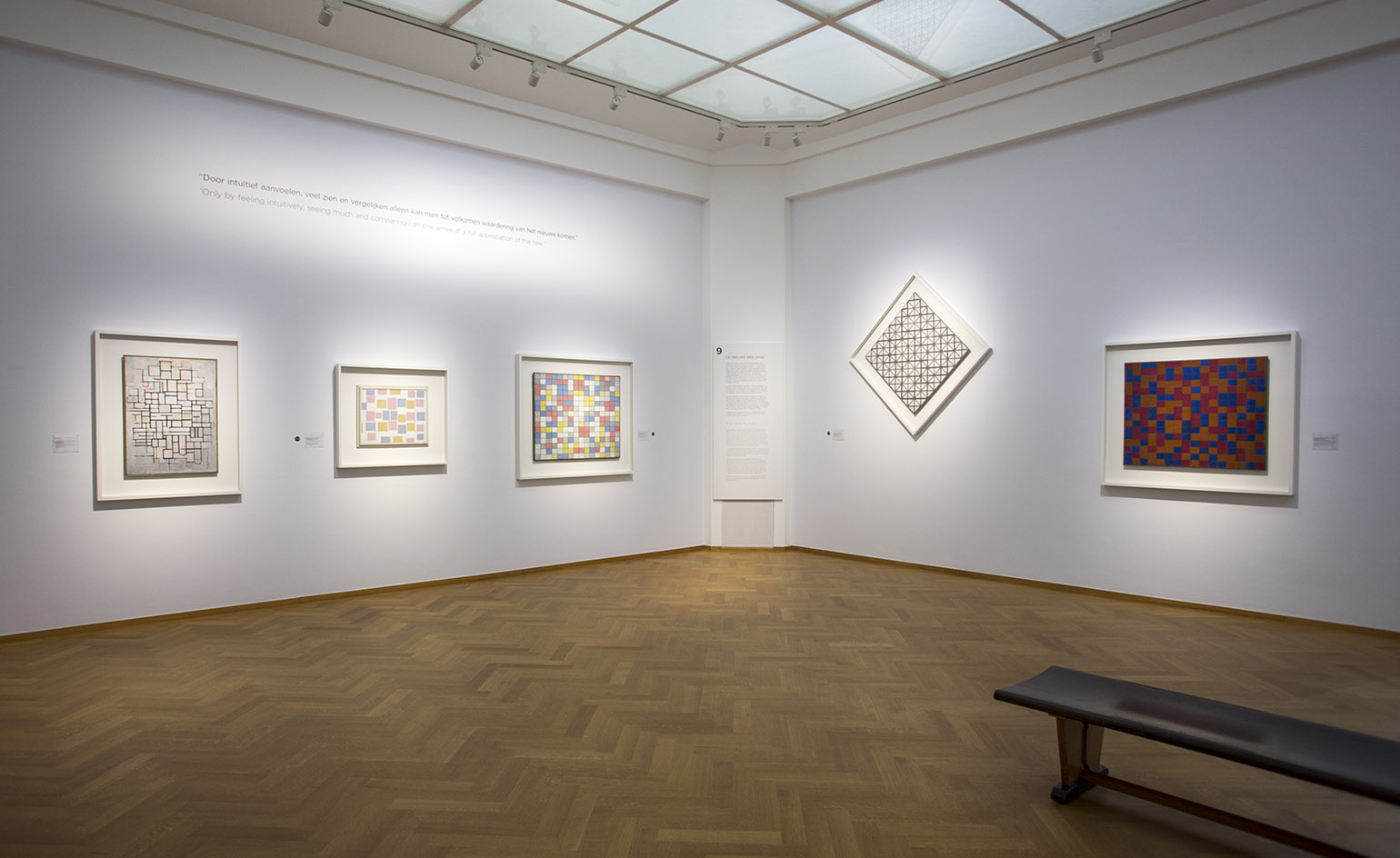
If you thought Piet Mondrian’s art was all abstract geometric forms and primary colours, a new exhibition in the Gemeentemuseum will have you reconsidering this notion. Upon entering the first room, you spot the still life of a dead hare and faithful recreation of an early morning view of Amsterdam’s famed Singel canal.
The next few halls continue in the same vein, showing dozens of bucolic and, at first glance, traditional landscapes and depictions of the sea, dunes and windmills. In total some 300 of the artist’s works – a quarter of his entire output and almost the entirety of the museum’s Mondrian collection – are on show in the exhibition titled 'The Discovery of Mondrian.' Many of them have never seen before by the public, but rediscovered by the museum staff during a massive restoration project between 2009 and 2015.
The little-known early work is important believes curator Hans Janssen, as it shows just how innovative and modern the artist truly was.' He speaks of the 'sense of depth' that carried through to his later work, the visibly sophisticated brushwork techniques ('the working of the paint') but also of something else: 'At first glance some of them look like 19th century rubbish but they have a quality that is very hard to describe and that has to do with a sense of inner self'. Indeed there is a sense of quiet spirituality and optimism that is a constant in all the work, as well as a potent luminosity that lifts the work out of the mundane.
As the years pass there is an intensification of colour and a dynamism perfectly exemplified in the early 1908 piece Mill in the Sunlight, where realism and truth-telling is abandoned for an impressionistic use of bold oranges, reds and yellows that show a mill suffused in shimmering and glorious sunlight.
With every change in style and move to a new city (the exhibition looks at works produced in Amsterdam, Paris, London and New York), it becomes clear that Mondrian was a painter that constantly innovated and renewed and that, like Van Gogh before him, he lived for his art. Janssen calls Mondrian an 'attentive and intuitive artist whose craftsmanship often resulted in unexpected but beautiful things'.
Both the works and the personal items on display (like the letters and his recreated atelier downstairs) are unexpected and rewarding. Mondrian writes in one letter, 'I want to get as close as possible to the truth and am therefore abstracting everything until I get to the foundations…of things’. There is a feeling in this exhibition that the onlooker is doing just that, getting to the essence of what this remarkable artist was about.
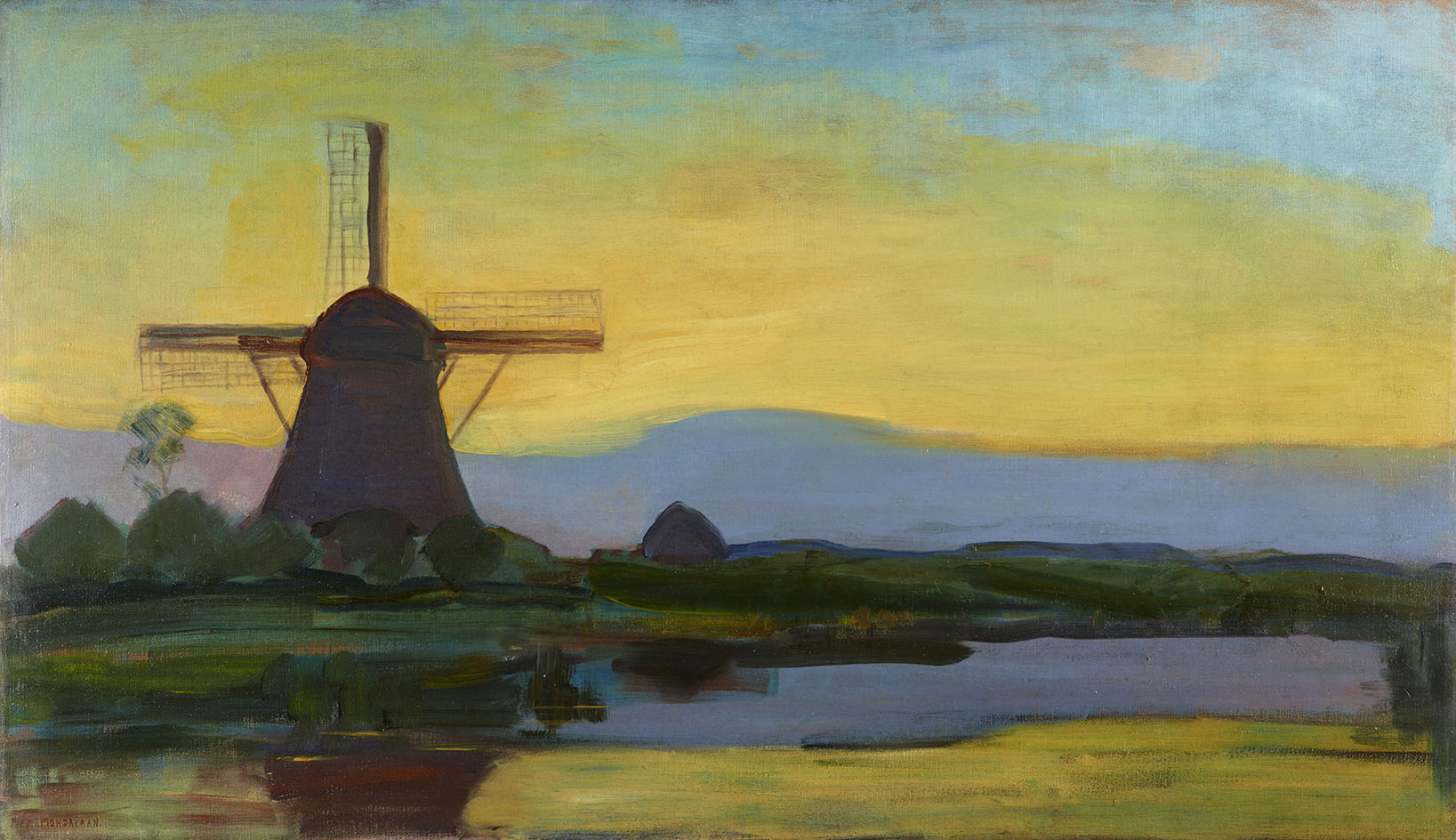
An Oostzijdse Molen bij avond, 1907-1908
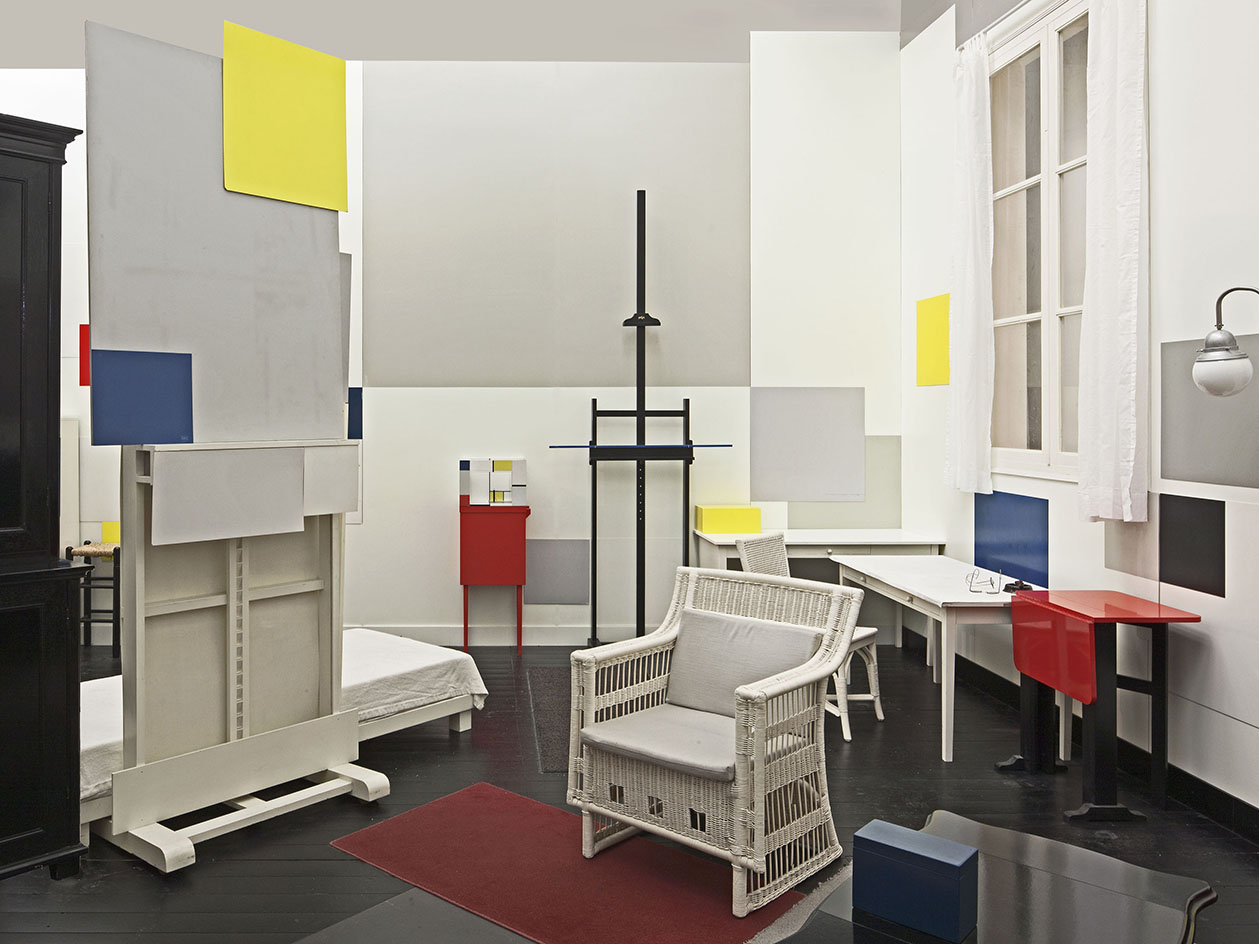
Both the works and the personal items on display (like the letters and his recreated atelier downstairs) are unexpected and rewarding
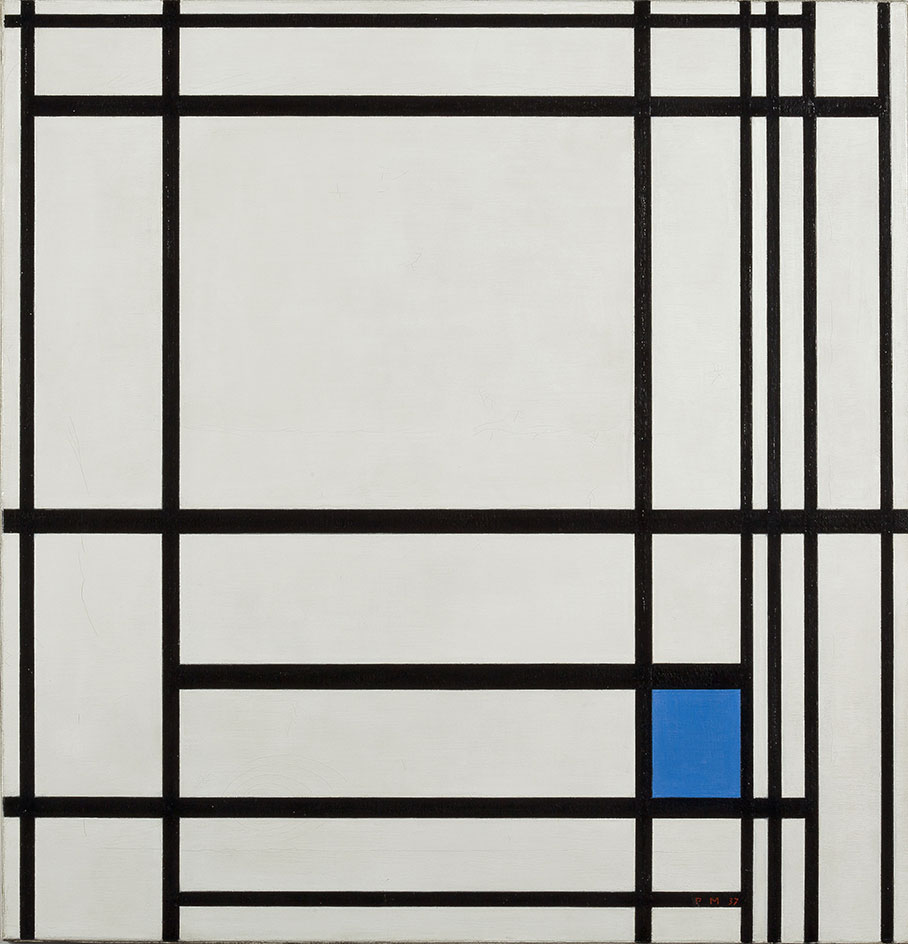
Composition de lignes et couleur III, 1937
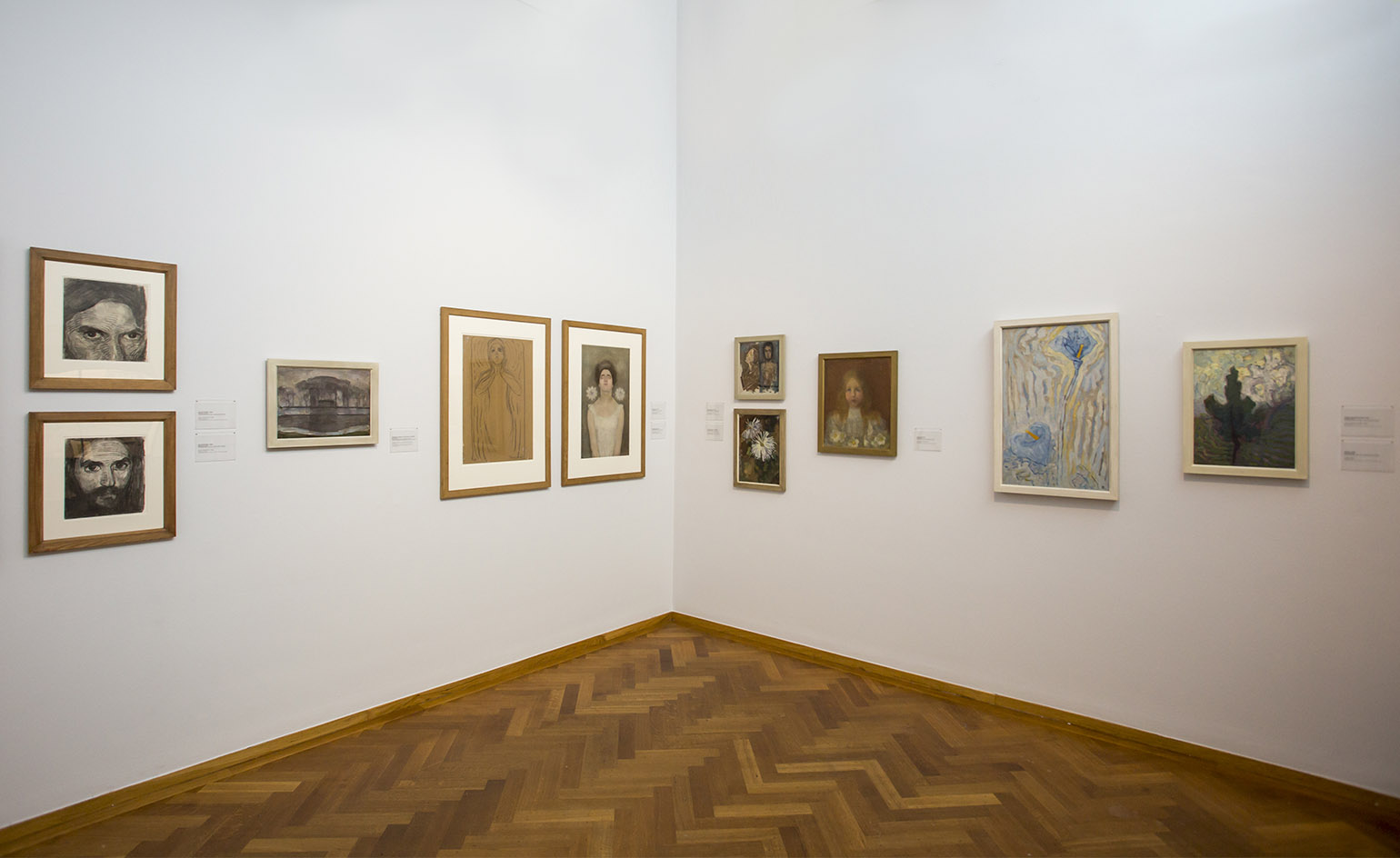
Many of the works have never before been by the public, having been rediscovered by the museum staff during a massive restoration project between 2009 and 2015

Compositie No. 3 Metkleurvakjes, 1917
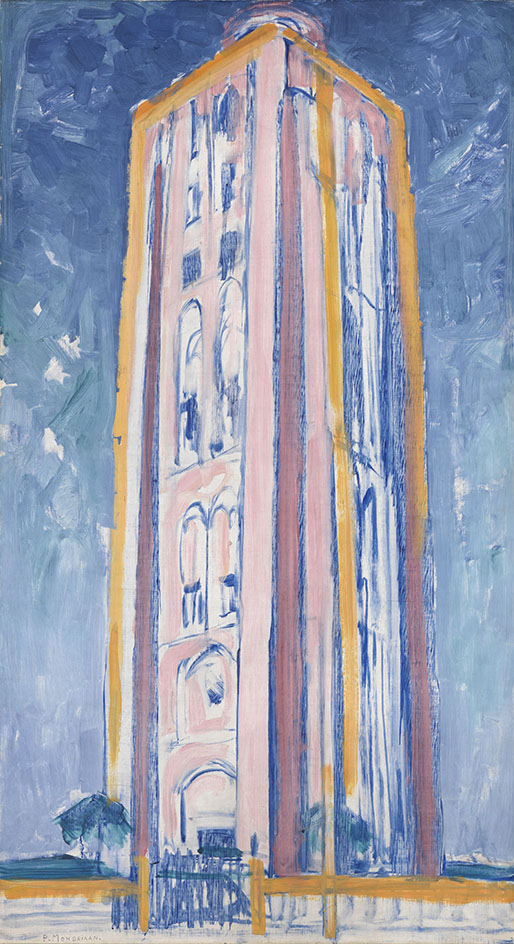
Lighthouse At Westkapelle, 1910
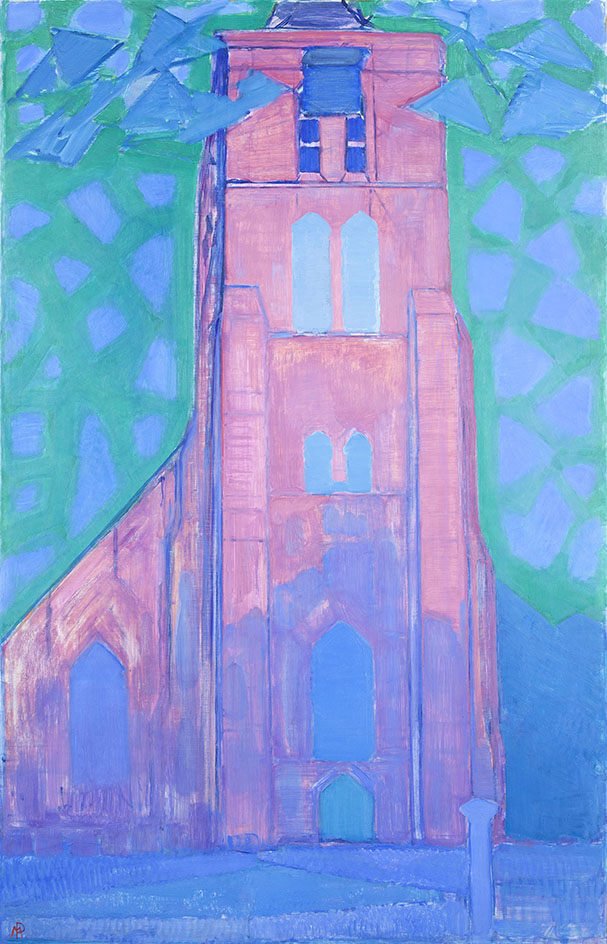
Zeeuwsche kerktoren, 1911

A prototype of the Maison d’Artiste designed by architect Theo van Doesburg and architect Cor van Eesteren in 1923. This 1:5 scale model on display in Leiden is modelled on surviving photographs and part of the ‘Mondrian to Dutch Design’ programme of events celebrating 100 years of De Stijl across the Netherlands throughout 2017.
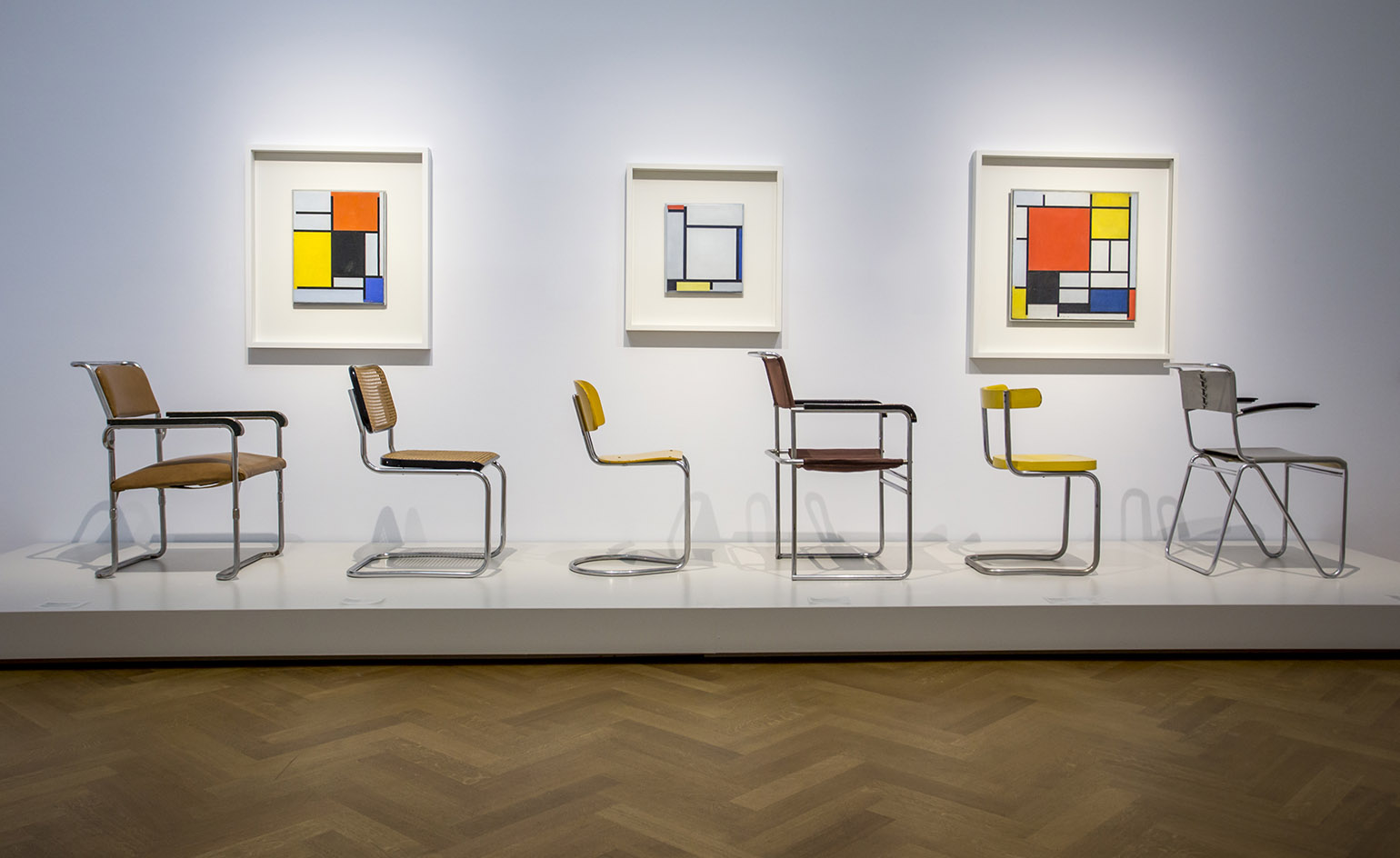
As the years pass there is an intensification of colour and an added dynamism
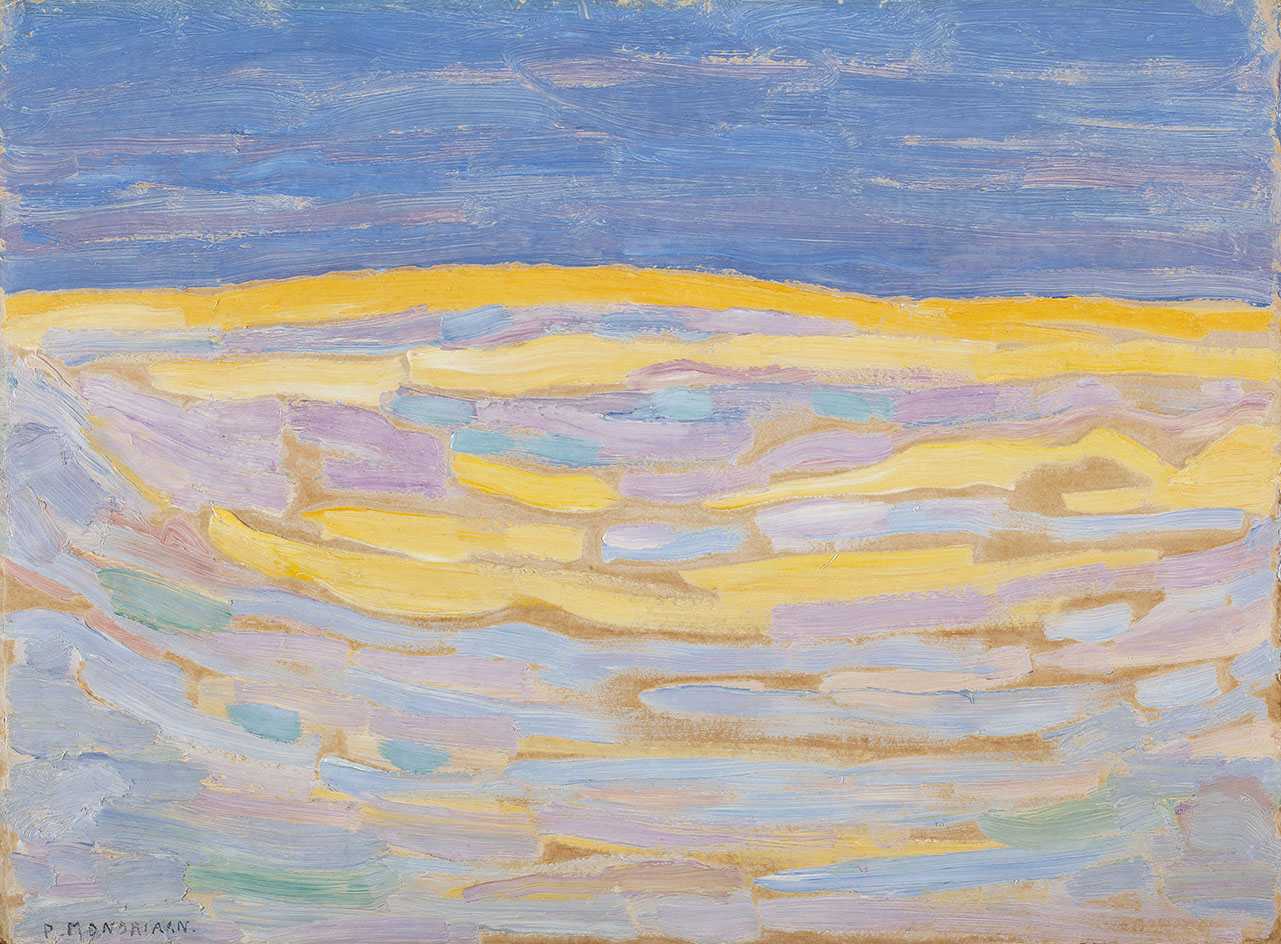
Duin I, 1909
INFORMATION
’The Discovery of Mondrian’ is on view until 24 September at Gemeentemuseum. For more information, visit the website
ADDRESS
Gemeentemuseum Den Haag
Stadhouderslaan 41
2517 HV Den Haag
Netherlands
Receive our daily digest of inspiration, escapism and design stories from around the world direct to your inbox.
Giovanna Dunmall is a freelance journalist based in London and West Wales who writes about architecture, culture, travel and design for international publications including The National, Wallpaper*, Azure, Detail, Damn, Conde Nast Traveller, AD India, Interior Design, Design Anthology and others. She also does editing, translation and copy writing work for architecture practices, design brands and cultural organisations.
-
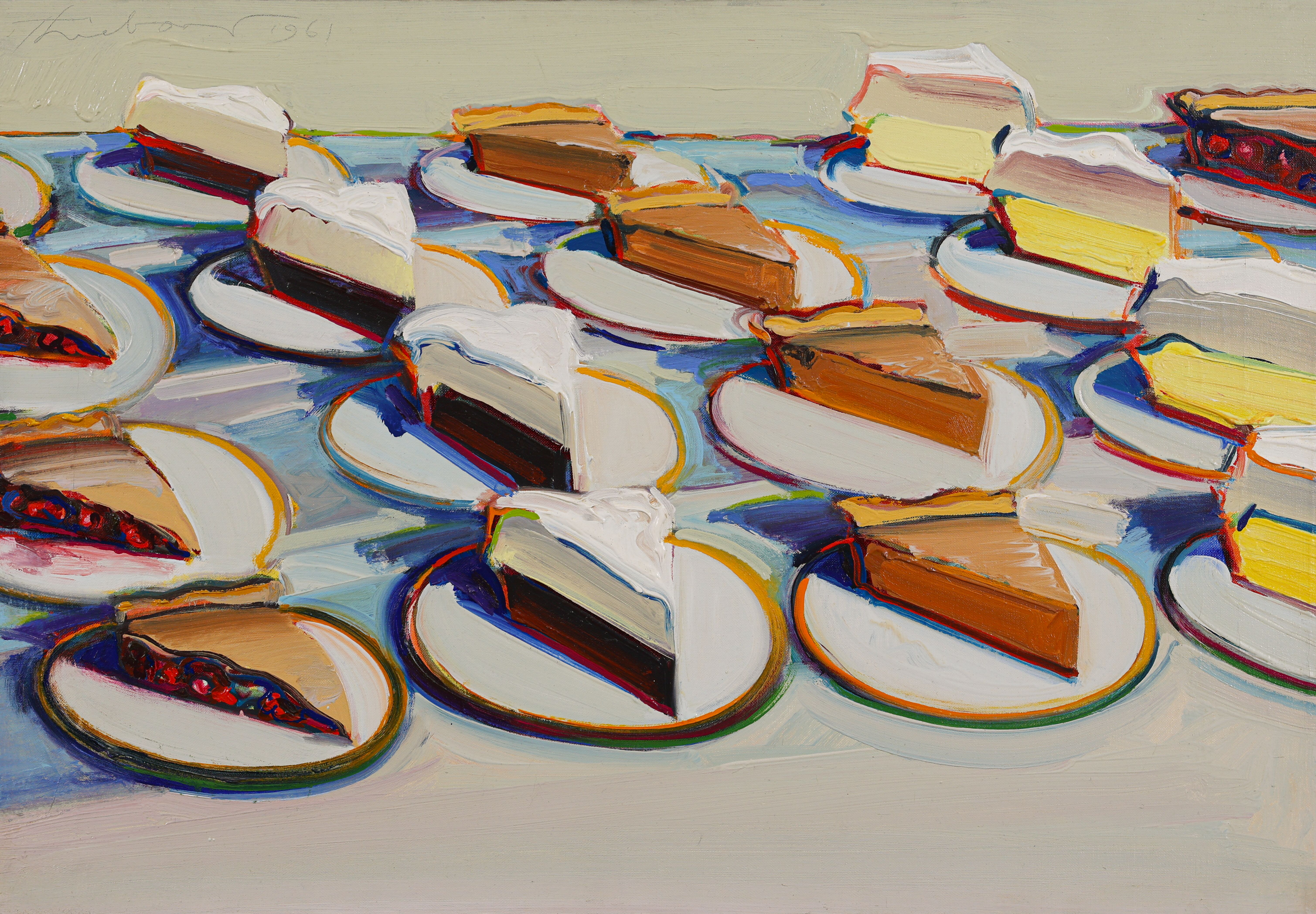 Why are Wayne Thiebaud’s paintings at the Courtauld quite so tempting?
Why are Wayne Thiebaud’s paintings at the Courtauld quite so tempting?The American artist’s thickly painted slices of cake at the Courtauld are some of our favourite artworks seen this year. What makes them so special?
-
 Taiwan’s new ‘museumbrary’ is a paradigm-shifting, cube-shaped cultural hub
Taiwan’s new ‘museumbrary’ is a paradigm-shifting, cube-shaped cultural hubPart museum, part library, the SANAA-designed Taichung Green Museumbrary contains a world of sweeping curves and flowing possibilities, immersed in a natural setting
-
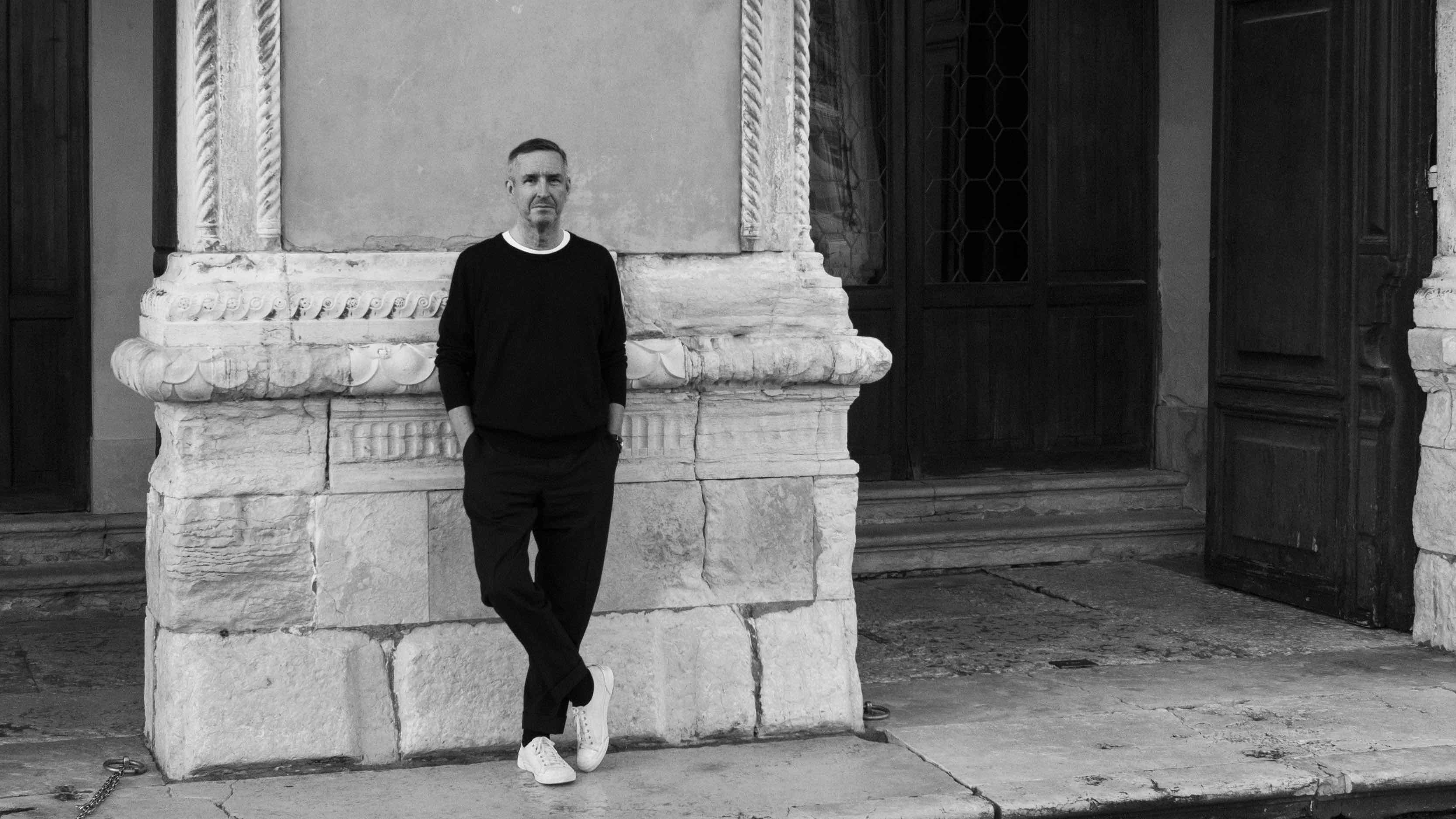 Dries van Noten on why he's building a new home for craft in Venice
Dries van Noten on why he's building a new home for craft in VeniceA year after departing the runway, Dries van Noten unveils his next chapter: the Fondazione Dries Van Noten, a newly announced cultural initiative in Venice celebrating craft in all its forms. Wallpaper* meets the designer to find out why he’s not ready to retire.
-
 Meet Eva Helene Pade, the emerging artist redefining figurative painting
Meet Eva Helene Pade, the emerging artist redefining figurative paintingPade’s dreamlike figures in a crowd are currently on show at Thaddaeus Ropac London; she tells us about her need ‘to capture movements especially’
-
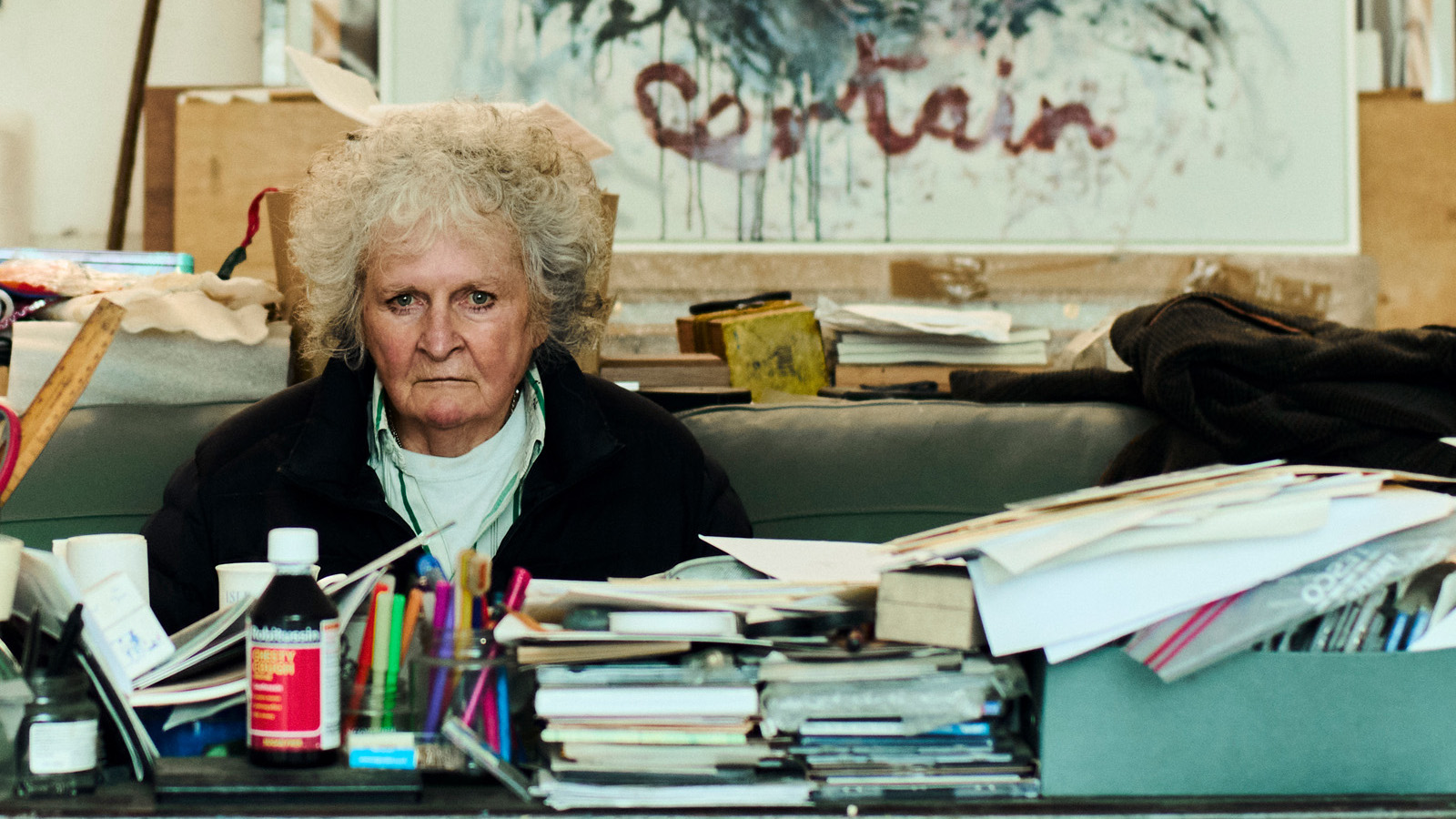 Maggi Hambling at 80: what next?
Maggi Hambling at 80: what next?To mark a significant year, artist Maggi Hambling is unveiling both a joint London exhibition with friend Sarah Lucas and a new Rizzoli monograph. We visit her in the studio
-
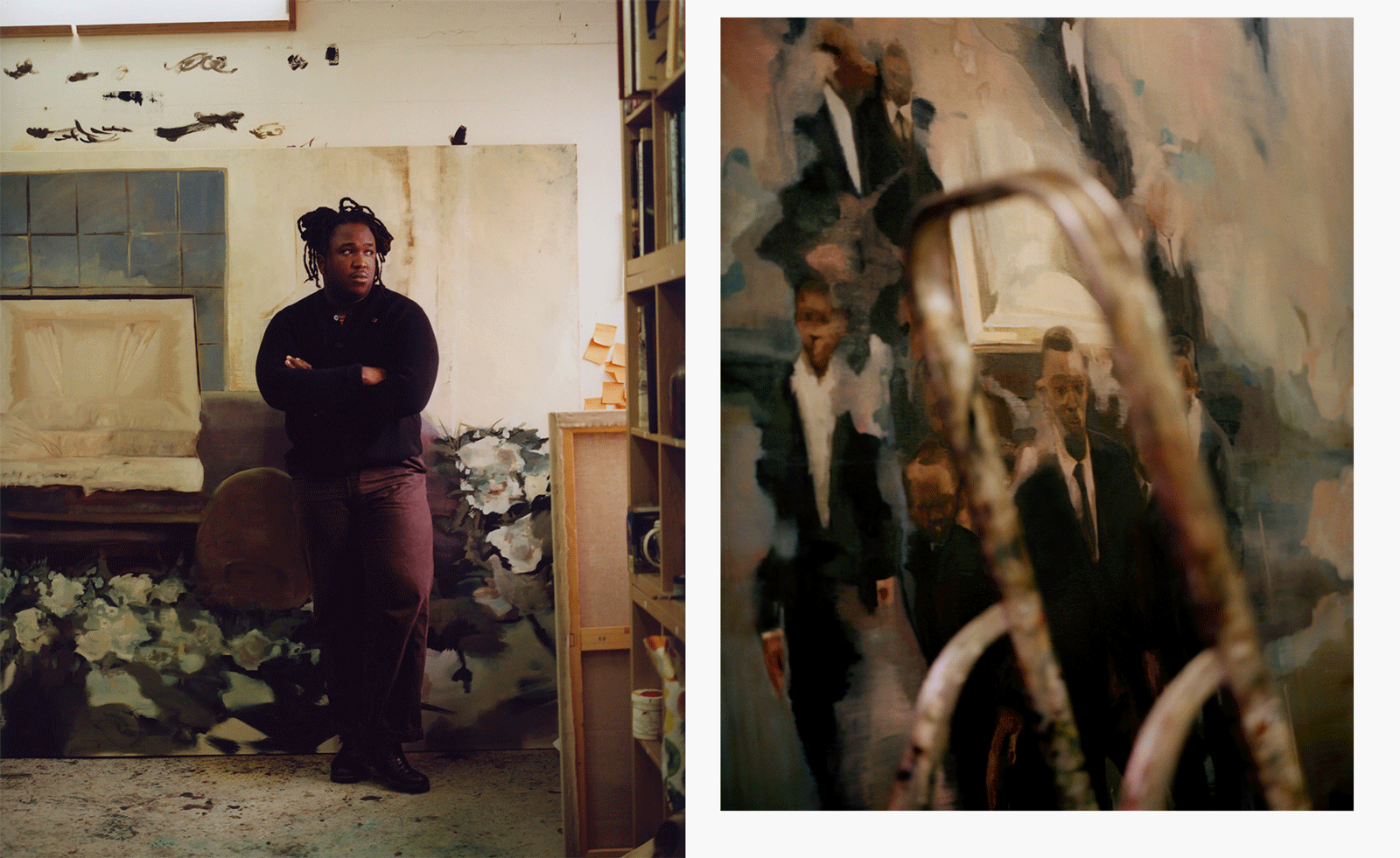 Artist Shaqúelle Whyte is a master of storytelling at Pippy Houldsworth Gallery
Artist Shaqúelle Whyte is a master of storytelling at Pippy Houldsworth GalleryIn his London exhibition ‘Winter Remembers April’, rising artist Whyte offers a glimpse into his interior world
-
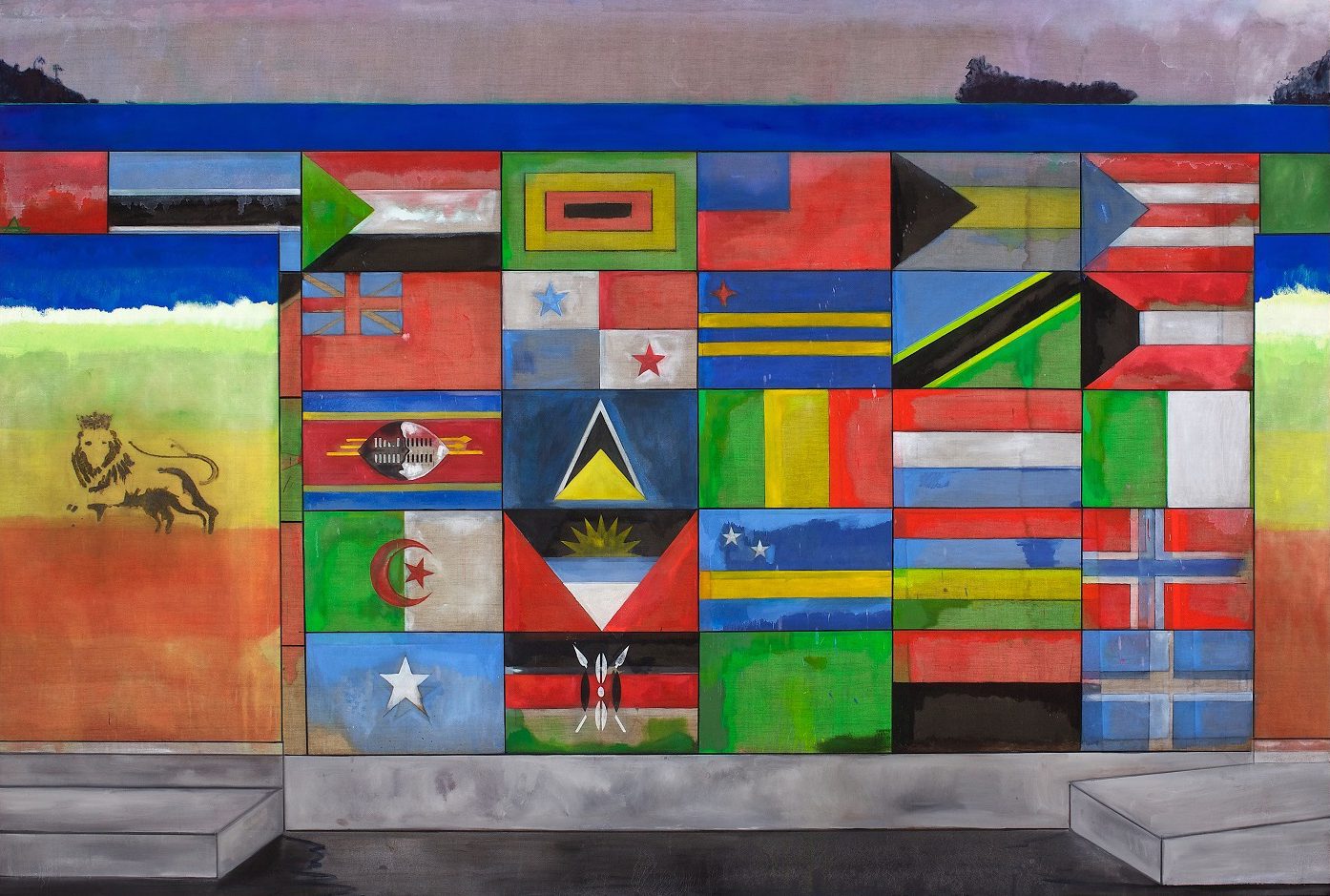 ‘Sit, linger, take a nap’: Peter Doig welcomes visitors to his Serpentine exhibition
‘Sit, linger, take a nap’: Peter Doig welcomes visitors to his Serpentine exhibitionThe artist’s ‘House of Music’ exhibition, at Serpentine Galleries, rethinks the traditional gallery space, bringing in furniture and a vintage sound system
-
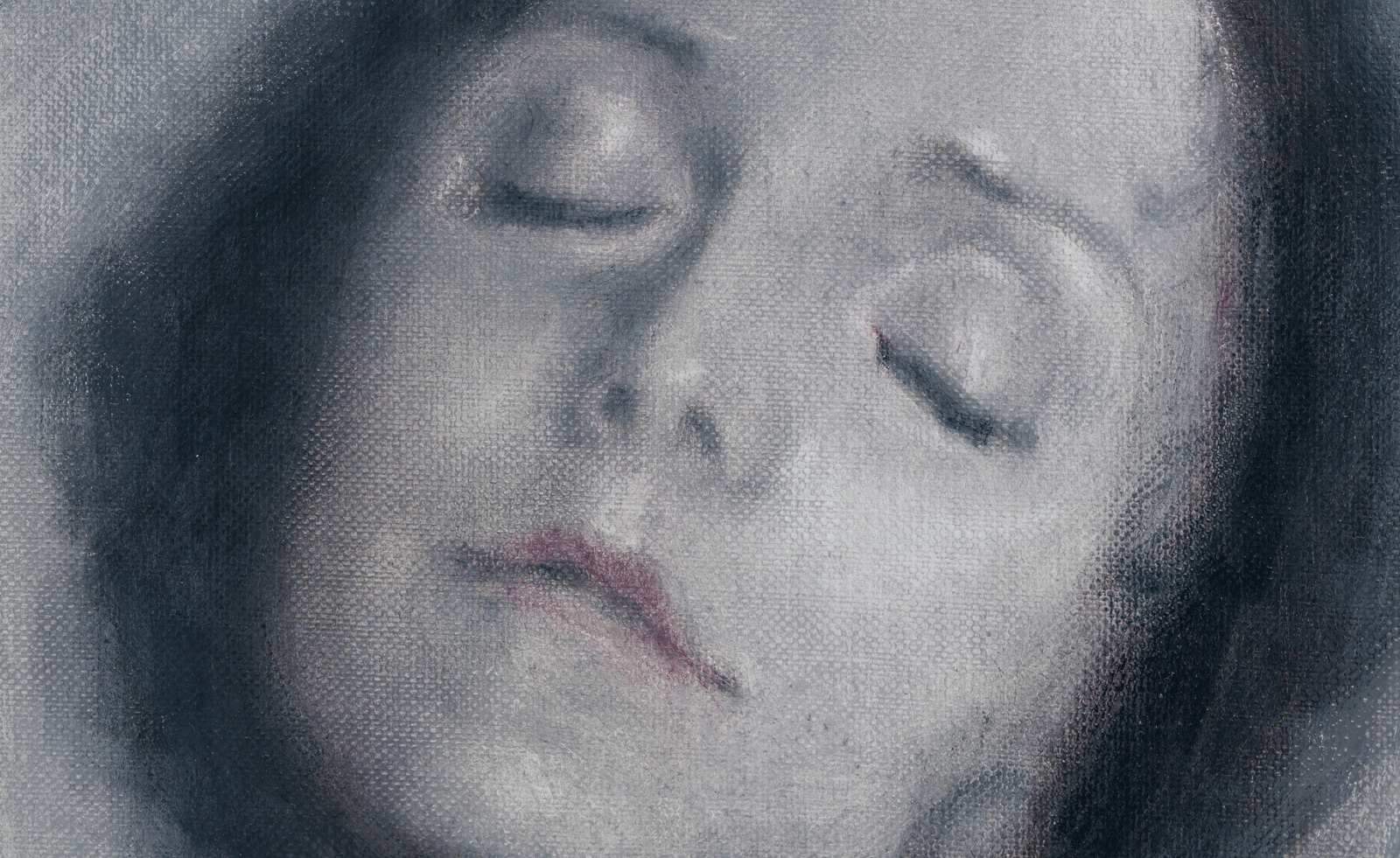 Classic figurative painting is given a glamorous and ghostly aura by Polish artist Łukasz Stokłosa
Classic figurative painting is given a glamorous and ghostly aura by Polish artist Łukasz StokłosaThe gothic meets the glamorous in Stokłosa’s works, currently on show at London’s Rose Easton gallery
-
 What's the story with Henni Alftan’s enigmatic, mysterious paintings? The artist isn’t saying
What's the story with Henni Alftan’s enigmatic, mysterious paintings? The artist isn’t sayingParis-based artist Henni Alftan's familiar yet uncanny works are gloriously restrained. On the eve of a Sprüth Magers exhibition in Berlin, she tells us why
-
 From art to fashion, and back again: Jonathan Schofield’s figurative work is back in style
From art to fashion, and back again: Jonathan Schofield’s figurative work is back in styleAfter graduating from London’s Royal College of Art, Jonathan Schofield began a career as a creative director at Stella McCartney. Now, he has returned to his first love, painting
-
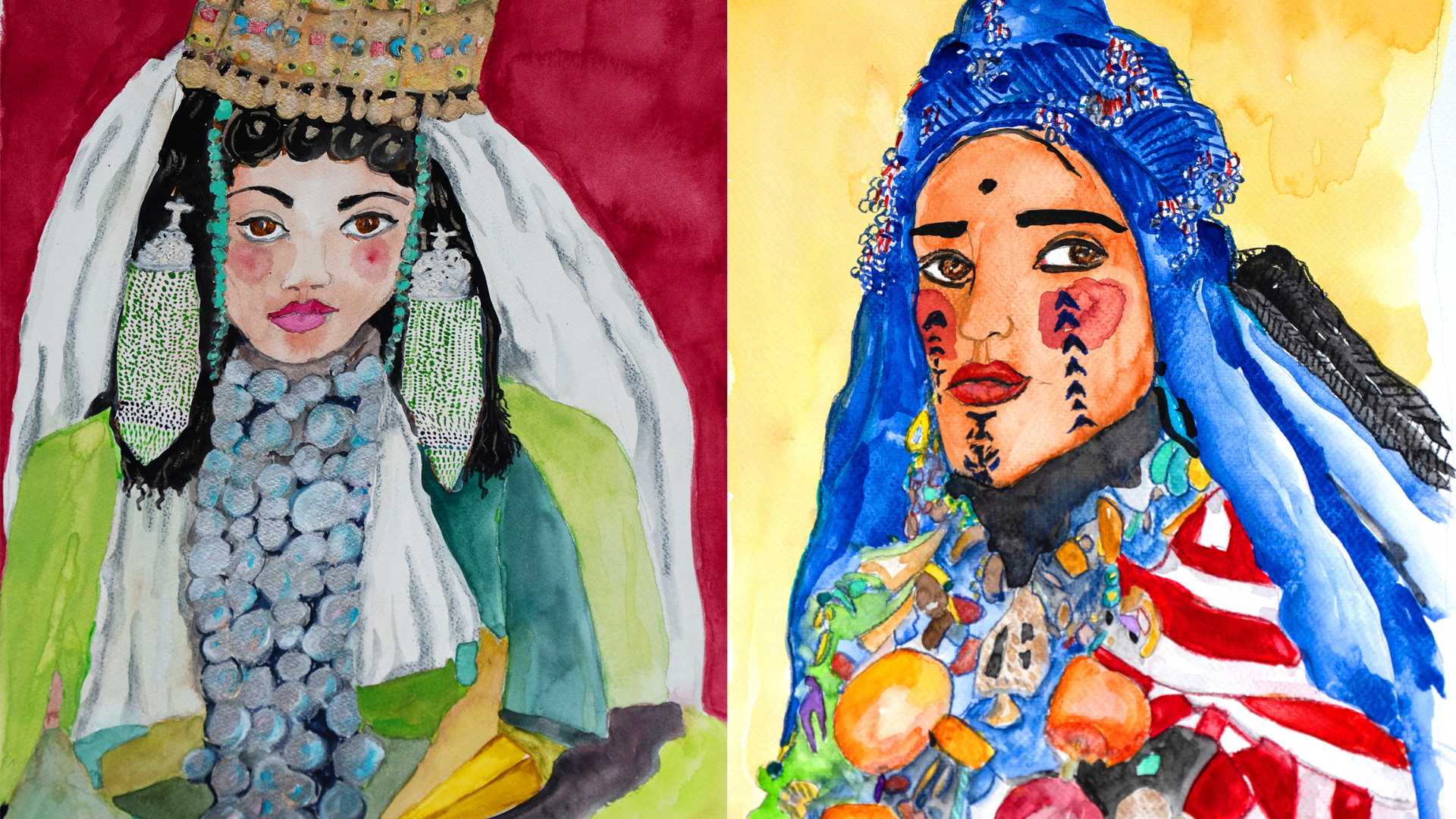 After decades capturing the world’s fashion-set, photographer Johnny Rozsa picks up a paint brush
After decades capturing the world’s fashion-set, photographer Johnny Rozsa picks up a paint brushIn his first exhibition of paintings, the New York-based artist celebrates the vibrancy of Tangier while rediscovering a familiar creative outlet